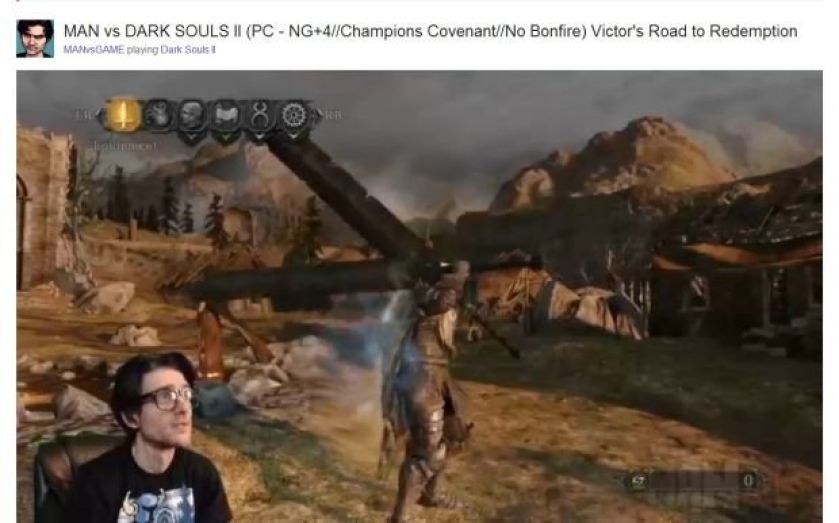| Updated:
Twitch – what is it and why has Amazon just spent nearly $1bn on it?
Back in May the word was that Google was eyeing up games social platform Twitch, but last night Amazon emerged as the triumphant bidder, nearly four times what Jeff Bezos paid for The Washington Post. Just what is Twitch and why does everyone want a piece?
Essentially, it's video-game voyeurism: Twitch is currently the centre of a vast universe of "eSports", where professional gamers play competitive matches for cash prizes, and viewers watch them. While that might sound a little niche, the numbers more than stack up. Worldwide audiences have grown to around 71.5m in the last view years, with prize money reaching $25m (£12.9m).
Twitch itself reaches 55m people monthly – a figure that certainly seems to explain the valuation compared to the venerable US broadsheet. While that is still peanuts compared to obvious rivals such as YouTube, which attracts more than 1bn monthly unique users, the speed at which it has grown cannot be disputed.
Three-year-old Twitch is available in around 30 countries, compared with more than 60 for seven-year-old YouTube, suggesting the opportunities for growth are still huge. Given that 59 per cent of Americans play video games, even if its growth was focused on a domestic audience there would be huge growth potential.
Engagement is also an interesting measure – both services boast more than a million users creating content. More than 13 billion minutes of content are watched every month on Twitch – somewhat smaller than the six billion hours of content on YouTube, but an eye-opening amont nonetheless.
Another factor that will have caught Amazon's attention is the targeted audience and the ability to monetise Twitch.
YouTube – bought by Google in 2006 for £1.65bn – has millions of advertisers from all companies great and small, and is estimated to have generated net revenues anywhere between $1.5bn and $2.4bn. It has been lapped up by TV and film companies who are being nailed by a drop in the number of eyeballs as well as private content. It is also poised to benefit from innovations in digital advertising such as clickable ads or shorts.
The beauty of Twitch – which already hosts adverts, but arguably in a less sophisticated manner to YouTube – is demographics. The average age of a gamer is 31 and they don't mind spending money, particularly on buying games – 44 per cent prefer it to buying DVDs, music or going to the cinema, and last year they spent $21.5bn.
But the opportunities extend beyond just directly targeting game-players with new games. As with everyone, gamers are spending much less time watching TV than they used to and advertisers of all stripes need to access them. Twitch is another part of the evolution in driving ad spend away from traditional TV and newspapers towards a fully-engaged consumer-led medium.
When you look at it that way, the price tag could even come out looking cheap.
